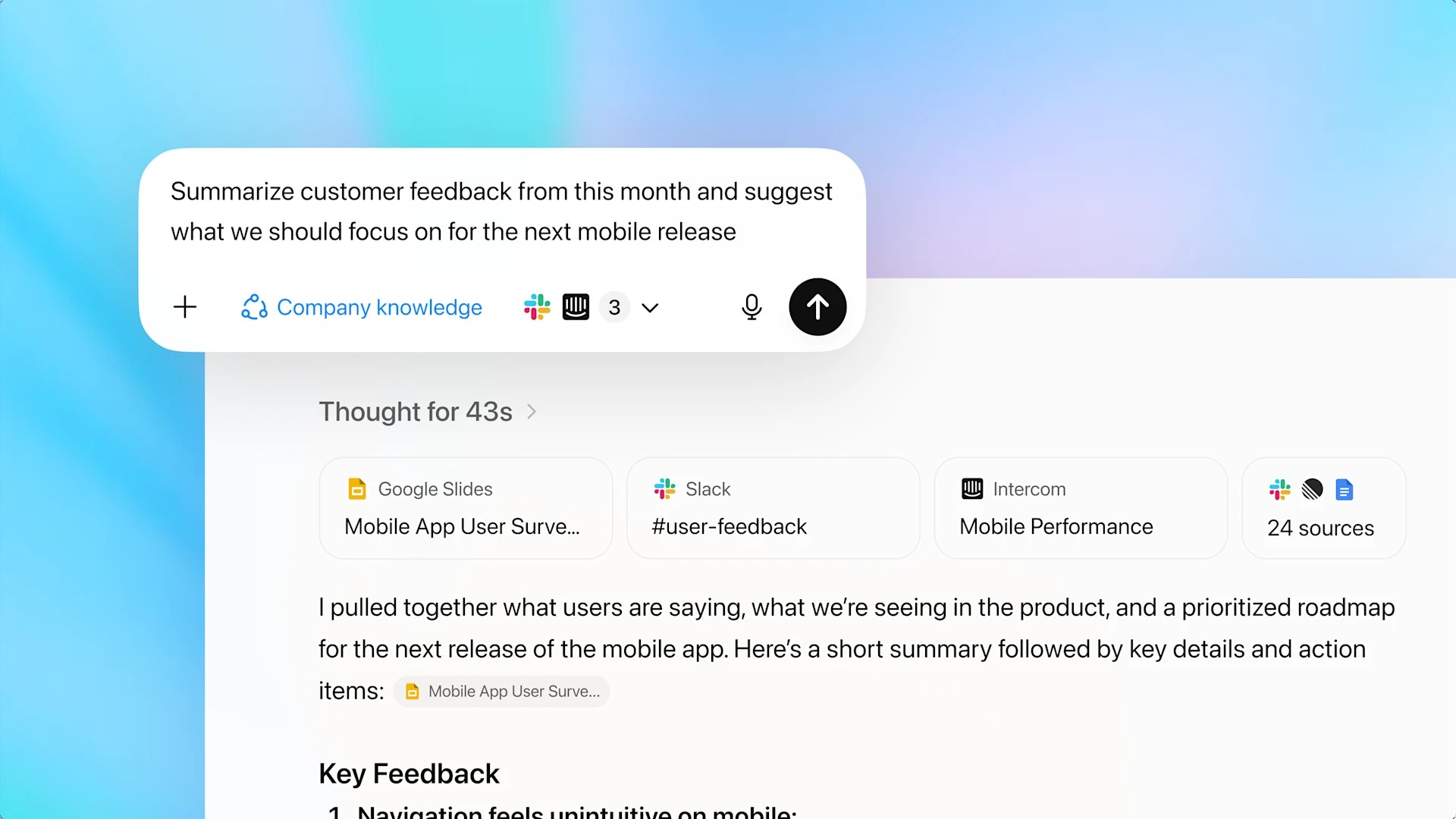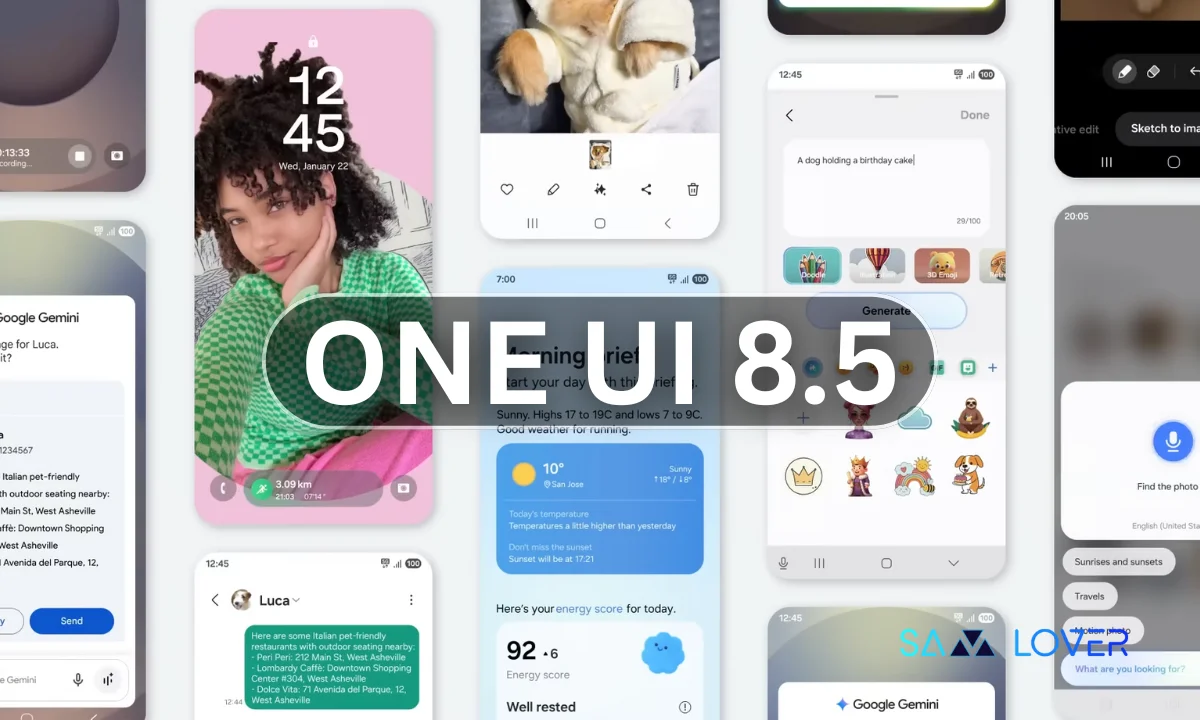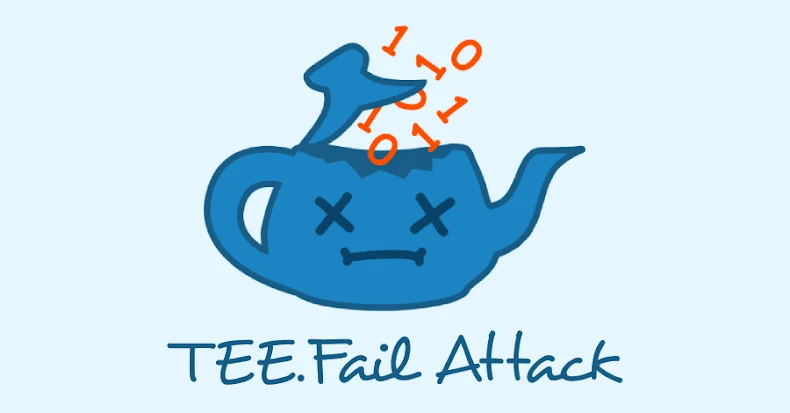OpenAI is revolutionizing the way companies access knowledge by integrating ChatGPT with enterprise data, transforming it from a general assistant into a customized analyst.
Historically, the potential of generative AI for business leaders has been hindered by its inability to access internal data. Even the most advanced AI is limited if it cannot access the necessary information to perform its tasks. OpenAI notes that the required information often resides within internal tools, but this knowledge is fragmented across various documents, files, messages, emails, tickets, and project trackers.
This fragmentation is not only frustrating but also detrimental to efficiency and decision-making. The primary issue is that these tools often lack connectivity, and the most accurate answer is frequently dispersed across multiple platforms.
This development positions OpenAI in competition with the AI strategies of major enterprise platforms, including Microsoft’s Copilot in Azure and Office 365, Google’s Vertex AI, Salesforce’s Agentforce, and AWS Bedrock. The race is on to connect models to secure company data.
OpenAI Utilizes Third-Party Data for ChatGPT Enterprise Tasks
ChatGPT will integrate with applications such as Slack, SharePoint, Google Drive, and GitHub. OpenAI states that it is powered by a version of GPT-5, trained to verify information across multiple sources for more accurate answers. For validation purposes, each response displays its source.

This enhancement expands the capabilities of ChatGPT from basic writing to complex analysis. For instance, a manager preparing for a client call could request a briefing, and the model could utilize recent Slack messages, email details, call notes from Google Docs, and support tickets from Intercom to generate a summary.
This capability also addresses ambiguity. If you inquire, “What are the company’s objectives for next year?”, the tool will summarize the discussions and highlight differing opinions. This functionality extends beyond mere data retrieval, as it analyzes situations and assists leaders in identifying disagreements or unresolved decisions.
Additional applications for teams include:
- Strategy: Compiling customer feedback from Slack, survey results from Google Slides, and primary topics from support tickets to plan roadmaps.
- Reporting: Creating campaign summaries by gathering data from HubSpot, briefs from Google Docs, and key points from emails.
- Planning: Assisting engineering leads in planning releases by checking GitHub for open tasks, Linear for tickets, and Slack for bug reports.
Addressing Enterprise AI Governance and Implementation
For CISOs and data leaders, sharing intellectual property with an AI model poses significant risks. OpenAI is addressing this concern by focusing on administrative controls and data privacy.
The most critical control is that the system respects existing company permissions. OpenAI has ensured that ChatGPT can only access enterprise data that each user is already authorized to view.
ChatGPT Enterprise and Edu administrators can manage app access and create custom roles. OpenAI states that it does not train on customer data by default and has implemented security features such as encryption, SSO, SCIM, IP whitelisting, and a Compliance API for logs.
However, tech leaders should be aware of the limitations. The system is not yet perfect, and users must manually enable it when initiating a conversation. Furthermore, there is a trade-off: when company knowledge is enabled, ChatGPT cannot search the web or create charts. OpenAI is working to resolve this issue soon.
The tool’s effectiveness depends on its ecosystem. It is launching with key platforms and adding connectors for tools like Asana, GitLab Issues, and ClickUp, mirroring the strategies of IBM Watsonx and SAP Joule.
OpenAI’s enterprise data knowledge surfacing represents the next step for AI assistants like ChatGPT, integrating them into the core of businesses. It attempts to solve the AI problem: connecting models to the data where work occurs.
For business leaders, this means:
- Verify Data Permissions: Before utilizing this feature, CISOs and CDAOs must ensure that data permissions in SharePoint, Google Drive, etc., are accurate. The AI will only respect these permissions, so if they are too permissive, the AI will reflect this weakness.
- Pilot with Complex Tasks: Instead of deploying it to all users, identify specific workflows hindered by fragmented information. Preparing client briefings or generating cross-department reports are ideal starting points for measuring results.
- Set Expectations: Teams must be aware of the limitations. Having to manually enable the feature and being unable to search the web simultaneously are significant constraints to consider.
- Monitor the Ecosystem: The tool’s value will depend on its integrations. CIOs should compare the tool’s connector list to their company’s technology stack.
- Compare to Existing Platforms: Evaluate how this feature compares to AI solutions from Microsoft, Google, and Salesforce. The decision is rapidly becoming about which data ecosystem offers the most secure, integrated, and cost-effective solution.
OpenAI’s new company knowledge feature demonstrates that the most critical aspect of generative AI is now secure and useful data integration, rather than just the model’s quality.
This latest ChatGPT feature should significantly accelerate processes by eliminating enterprise knowledge silos, but it also emphasizes the importance of data governance and access control. For business leaders, this technology is not a straightforward solution; instead, it is a compelling reason to organize their data before others do.
See also: OpenAI data residency advances enterprise AI governance

Want to learn more about AI and big data from industry leaders? Check out AI & Big Data Expo taking place in Amsterdam, California, and London. The comprehensive event is part of TechEx and is co-located with other leading technology events, including the Cyber Security Expo. Click here for more information.
AI News is powered by TechForge Media. Explore other upcoming enterprise technology events and webinars here.
Source Link





